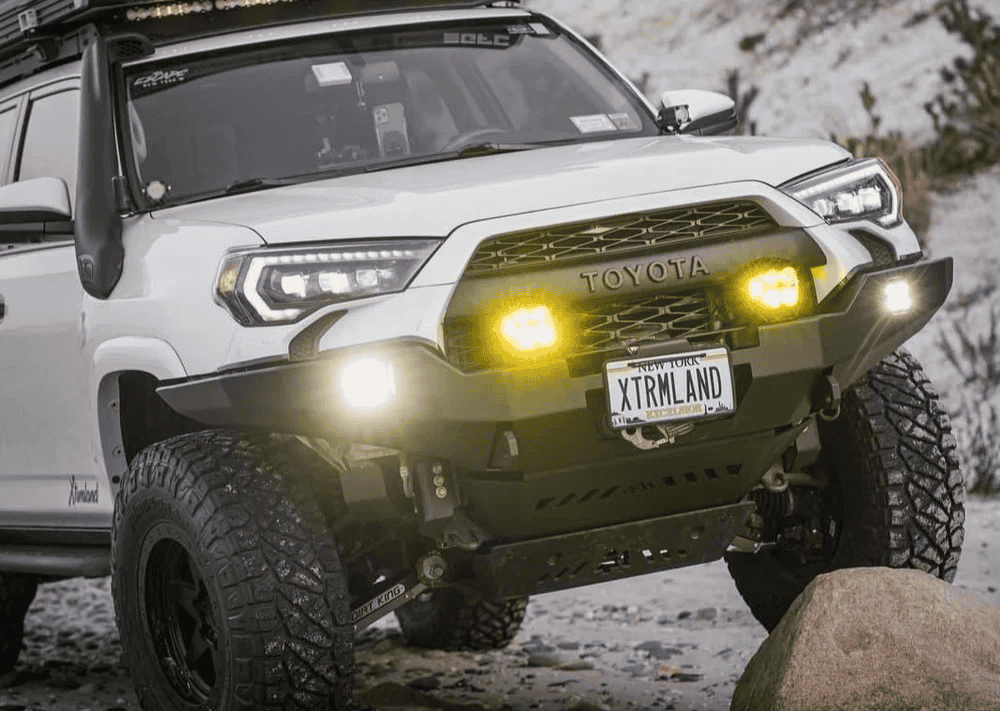Overland Vehicles

Before scanning listings, define how you will actually travel. Desert tracks, forest roads, snow, or mixed seasons each point to different setups. If you plan long highway stretches to reach dirt, ride comfort, noise, and gearing matter. For technical trails, wheelbase, approach and departure angles, and underbody protection rise to the top. A solo traveler can live with tighter quarters than a family of four, and payload needs swing widely based on water, fuel, tools, and recovery gear.
Seek a proven four wheel drive system with a two speed transfer case and traction aids such as lockers or limited slip. Inspect frame rails for rust, bends, and prior repairs. Confirm gear ratios match tire size, since over tall tires can sap power and heat transmissions. Test low range operation on a hill to catch binding or popping. Verify axle service, u joints, and wheel bearings.
Look for high quality shocks that show even damping with no leaks. Uneven tire wear can point to bent components or poor alignment. Ask the seller about spring rates, lift height, and added weight from armor or campers. Excessive lift without supporting geometry can reduce stability and travel. Evaluate tire age, sidewall condition, and load rating, not just tread depth.
On test drives, hard stops should track straight. Scan rotors for grooves, and ask about pad compounds. Overland travel loads vehicles heavily, so cooling systems must be recent and clean, with no oil in coolant and no coolant in oil. Transmission and transfer case fluids should be changed on a schedule, especially after water crossings or heavy towing.
Used overland vehicles for sale often include upgraded electrics. Look for clean looms, labeled circuits, and proper fusing. A dual battery or lithium system should use a DC to DC charger and solid bus bars rather than daisy chained splices. Inspect solar wiring for chafe points and tight gland seals on roof entries. Inverters need appropriately sized cables and proper ventilation. Turn on all loads together to watch for voltage sag or overheat. If the vehicle includes a fridge, lights, and fans, run them during the test drive to catch intermittent faults.
Pressure test the water system and look for leaks at fittings, pumps, and heater connections. Diesel air heaters should fire cleanly without smoke and should not trip fuses. Propane systems need date stamped cylinders, regulator health, and solid mounting. Check for carbon monoxide alarms and fire extinguishers. Make sure water storage is secured within payload limits and that weight is balanced side to side.
Every addition eats payload. Confirm curb weight on a scale and compare to the door sticker for gross vehicle weight rating and axle ratings. Heavy armor and rooftop gear can push a platform beyond safe limits. The best custom off road vehicles keep weight low and centered, and reserve sufficient payload for people, food, recovery tools, and spares.
Common platforms range from midsize trucks to full size trucks and adventure vans. Trucks offer frames and bed flexibility while vans bring enclosed space and long range living comfort. A custom off road suv bridges daily driving with trail capability and enclosed cargo. Review maintenance logs, title status, and emissions compliance. Rust in seams or under body mounts can be a deal breaker. A pre purchase inspection should include compression or leak down on high mileage gasoline engines, and fuel system checks on modern diesels. Balance the asking price with the total cost of ownership, including tires, brakes, suspension refresh, and possible regear to match tire size.
Confirm recovery points are rated and bolted to structural points, not just bumpers. Winches should free spool and pull under load without overheating. Inspect synthetic line for abrasion and hardware for deformation. Ask about air sources, bead retention for lower pressures, and a matching tire for the spare.
A great trail build still has to cover highway miles. Drive at speed to assess wander, vibration, and brake feel. Excess body roll may point to under valved shocks or tired sway bar bushings. Listen for gear howl that could hint at improper setup after a regear.
When you have your checklist, compare what you found across listings and decide whether to buy a finished build or pursue a thoughtful upfit. If you want a proven path to a capable platform, explore overland rigs to see how a purpose built layout solves range, storage, and power in one package. If you already own a platform, a custom overland upfit can tighten suspension tuning, add reliable power systems, and integrate racks, lighting, and protection that match your payload and trail plans. Curious about process, craftsmanship, and handoff support? See why choose OZK Customs to understand how builds are scoped, tested, and delivered.
A final note on keywords and common searches. Listings for used overland vehicles for sale often include home built details without documentation. Favor builds with invoices, part numbers, and service dates. Whether you land on custom off road cars for daily use, a custom off road suv for family travel, or other custom off road vehicles meant for remote trails, prioritize safety first, then comfort, then accessories. That order keeps the rig dependable when the map turns blank.
If you are ready to turn a shortlist into a trail ready rig, we can help you translate needs into smart choices. From platform selection through power, storage, and protection, our team designs and builds for real travel, not driveway photos. Share your goals and timeline, and we will guide the path forward.
Internal navigation:
You have done the homework. Now get a rig that matches the way you travel. Tell us about your terrain, passengers, and gear and we will map a build plan or upfit timeline. Submit the form to start your custom overland consultation with OZK Customs.
ADDRESS:
6159 E Huntsville Rd, Fayetteville, AR 72701
PHONE:
(479) 326-9200
EMAIL:
info@ozkvans.com